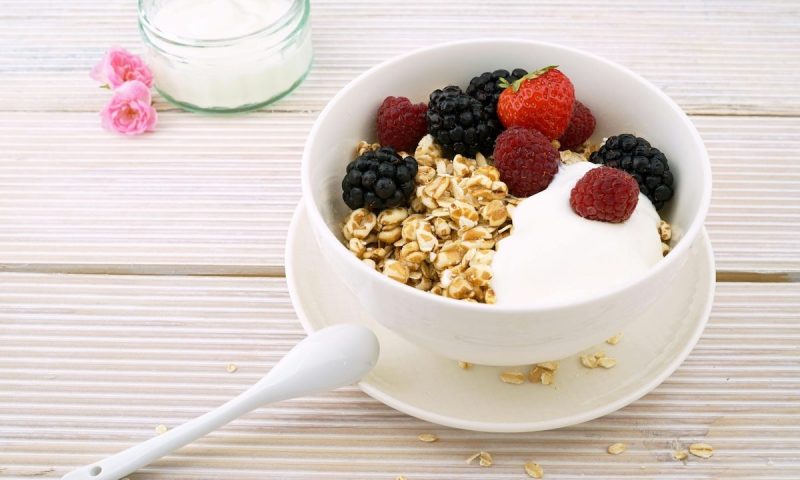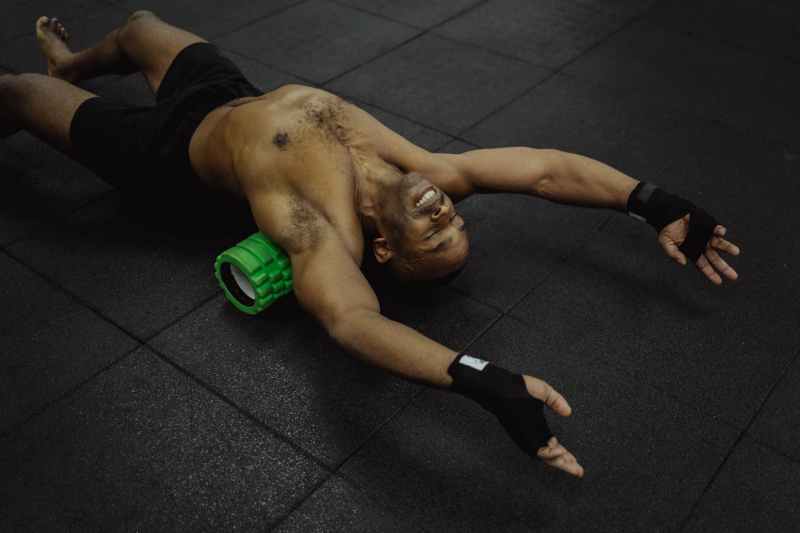It’s easy to get excited about your training and those workout sessions that make you feel on top of the world. It is usually the exercise aspect that we put the most physical and mental effort into when it comes to our fitness routine — I get it, as I am a personal trainer and workout enthusiast myself. However, recovery plays a huge role when it comes to actually seeing the results from the work you put in.
Keep reading to understand the impact of post-workout recovery on the body and how to create the optimal routine that will support your fitness goals. Let’s get started!
How much of an impact does post-workout recovery have?

Post-workout recovery plays a critical role in achieving your fitness goals, whether it’s building muscle, improving endurance, or preventing injury. While training stimulates muscle breakdown, it’s the recovery period that allows the body to rebuild stronger, adapt, and grow.
In fact, UCHealth has shared that “Exercise — especially intense exercise — creates tiny tears in the muscles. Over time, as muscles heal, they eventually grow bigger and stronger. It’s important to remember that this process occurs during rest and recovery, not during the exercise session itself.”
Skipping or neglecting recovery can lead to fatigue, poor performance, and even overtraining syndrome. Recovery also affects hormone balance, mental focus, and long-term motivation—making it essential for both physical and psychological progress.
Proper post-workout recovery includes sleep, hydration, nutrition, and rest days. Each component works together to reduce inflammation, repair muscle fibers, and restore energy stores. Without this balance, your gains are limited, no matter how hard you train.
In short, you don’t want to look at recovery as optional; it’s a core part of effective training. Prioritizing it can mean the difference between hitting plateaus and seeing consistent, long-term progress in strength, performance, and overall well-being.
What should you eat and drink after a workout?

After a workout, it’s important to refuel your body with the right nutrients to support muscle repair, replenish energy stores, and reduce soreness.
Focus on eating a balanced post-workout meal or snack that includes both protein and carbohydrates. Protein helps rebuild muscle tissue, while carbohydrates restore glycogen levels used during exercise. A good rule of thumb is to consume 15 to 30 grams of protein and 30 to 60 grams of carbs within an hour of finishing your workout. If you can’t eat within an hour, don’t sweat it, but get in a meal as soon as you can. Great options to consider include a protein shake with a banana, Greek yogurt with berries, or grilled chicken with rice.
Hydration is just as important. You lose fluids and electrolytes through sweat, so be sure to drink water or an electrolyte-rich beverage. Coconut water, sports drinks, or a pinch of sea salt in water can help restore balance.
Prioritizing post-workout nutrition and hydration ensures your body recovers efficiently and stays ready for your next training session.
Active vs. passive recovery: When to move and when to rest

Active and passive recovery both play essential roles in helping your body heal and grow stronger after workouts—but knowing when to use each is key.
Active recovery involves low-intensity movement that promotes blood flow without adding stress. This includes activities like walking, yoga, swimming, or light cycling. It’s best used the day after intense workouts to reduce stiffness and soreness. Active recovery can also be built into your weekly routine to keep your body moving without overloading your muscles.
Passive recovery is complete rest that doesn’t involve any structured activity, just allowing the body to fully relax. This is especially important after a day of high-impact or heavy resistance training, when the nervous system and muscle fibers need a longer recovery period. Sleep is a crucial part of passive recovery, too.
If you feel run-down, unusually sore, or mentally drained, passive recovery may be the better choice. Listen to your body—sometimes, the best progress happens when you slow down.
Tips for building a solid post-workout recovery routine

- Create a cooldown habit: End every workout with five to 10 minutes of light cardio and dynamic stretches to ease your body back to baseline.
- Use mobility tools: Foam rollers, massage guns, and resistance bands can improve circulation and reduce muscle tightness.
- Time your meals: Try to eat a protein- and carb-rich meal within 30 to 60 minutes post-workout for optimal muscle repair.
- Get quality sleep: Aim for seven to nine hours of uninterrupted sleep to support hormone balance and full-body recovery.
- Schedule recovery days: Plan at least one full rest day and one active recovery day each week to prevent burnout.
- Track how you feel: Monitor your soreness, energy levels, and mood to adjust your recovery needs as your training evolves.
Frequently asked questions

Is it okay to work out when sore?
Yes, it’s generally okay to work out when you’re sore, as long as the soreness is mild and not painful. Light exercise can actually promote blood flow and speed up recovery. However, avoid training the same muscle group intensely two days in a row to prevent injury or overtraining.
Do muscles grow on rest days?
Yes, muscles grow on rest days. During rest, your body repairs the microscopic muscle tears caused by exercise, leading to increased strength and size. Without adequate recovery time, muscle growth is limited, and the risk of injury rises. Rest is just as important as training for building muscle effectively.
How do athletes recover so quickly?
Athletes recover quickly by following structured recovery protocols that include proper nutrition, hydration, sleep, and active recovery methods like stretching or low-intensity movement. They often use tools like compression gear, massage, and cold therapy. Consistent routines, expert guidance, and years of conditioning also contribute to their faster recovery times.




